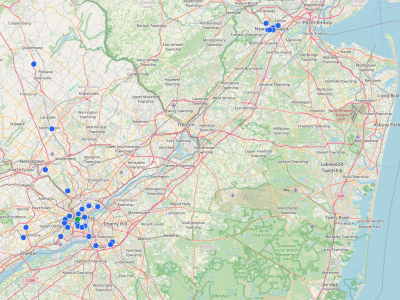If you want to print, say, a book, you probably will type it into a word processor. Someone else will take your file and produce pages on a printer. Your words will directly turn on a laser beam or something to directly put words on paper. But for a long time, printing meant creating some physical representation of what you wanted to print that could stamp an imprint on a piece of paper.
The process of carving something out of wood or some other material to stamp out printing is very old. But the revolution was when the Chinese and, later, Europeans, realized it would be more flexible to make symbols that you could assemble texts from. Moveable type. The ability to mass-produce books and other written material had a huge influence on society.
But there is one problem. A book might have hundreds of pages, and each page has hundreds of letters. Someone has to find the right letters, put them together in the right order, and bind them together in a printing press’ chase so it can produce the page in question. Then you have to take it apart again to make more pages. Well, if you have enough type, you might not have to take it apart right away, but eventually you will.


















